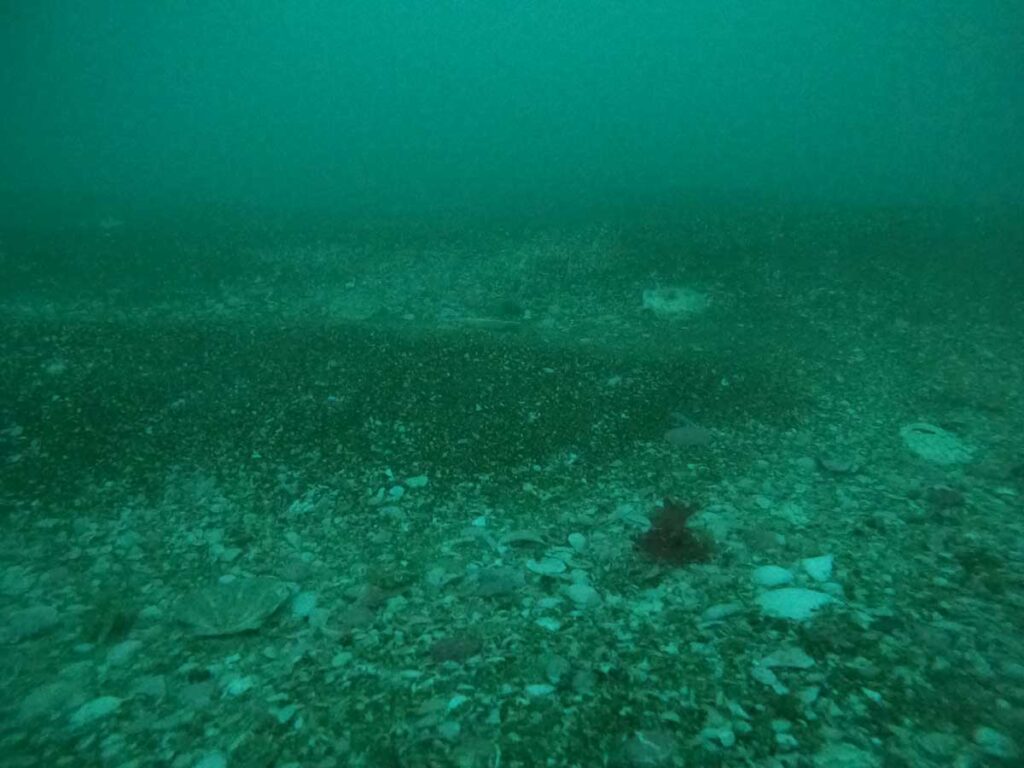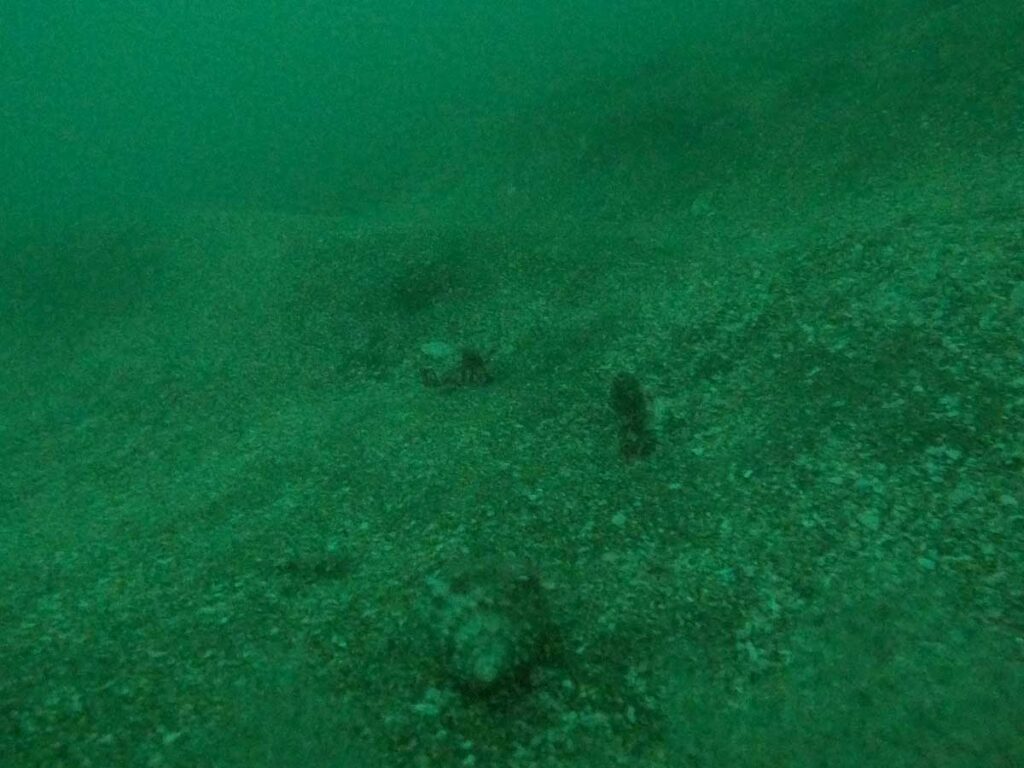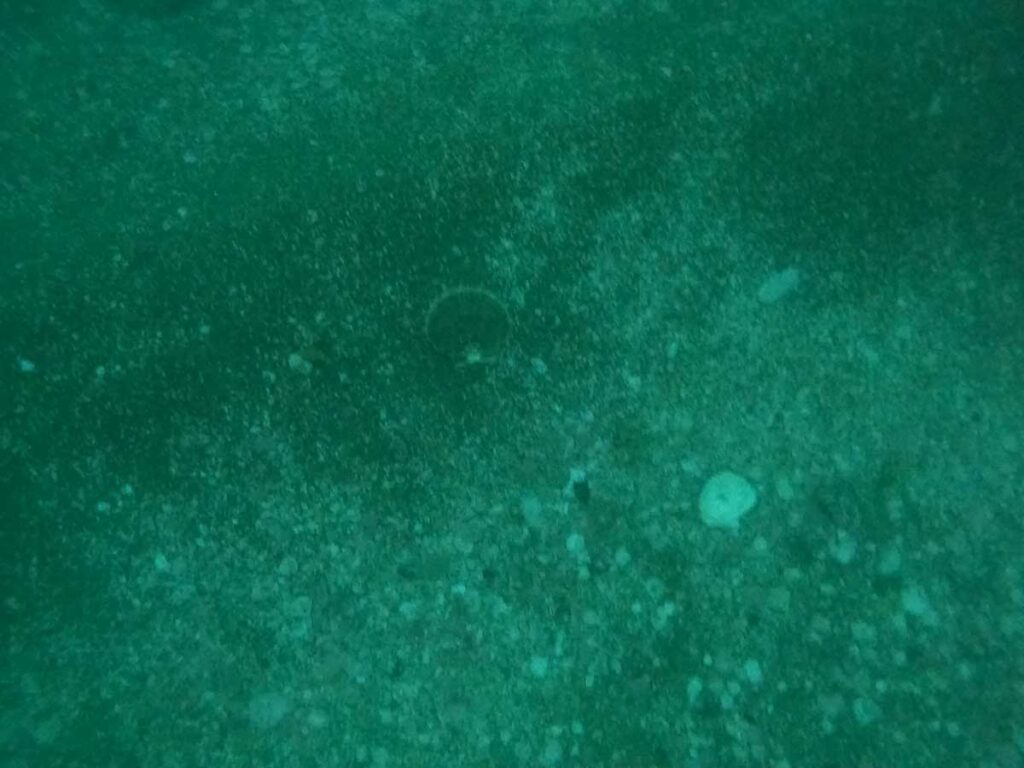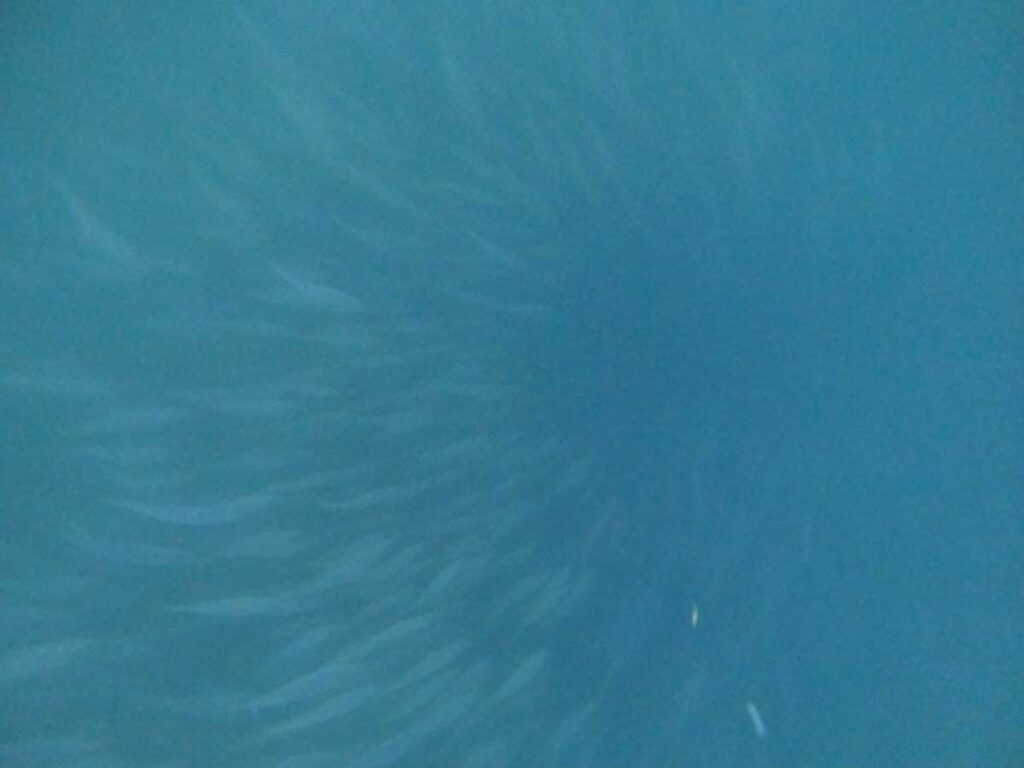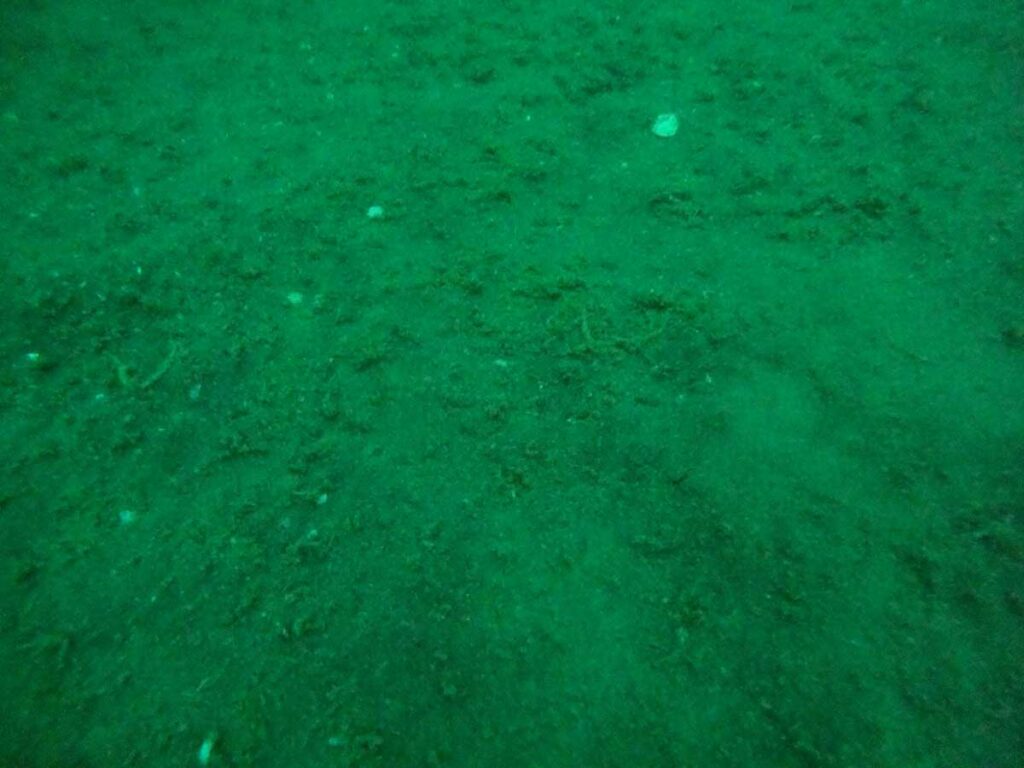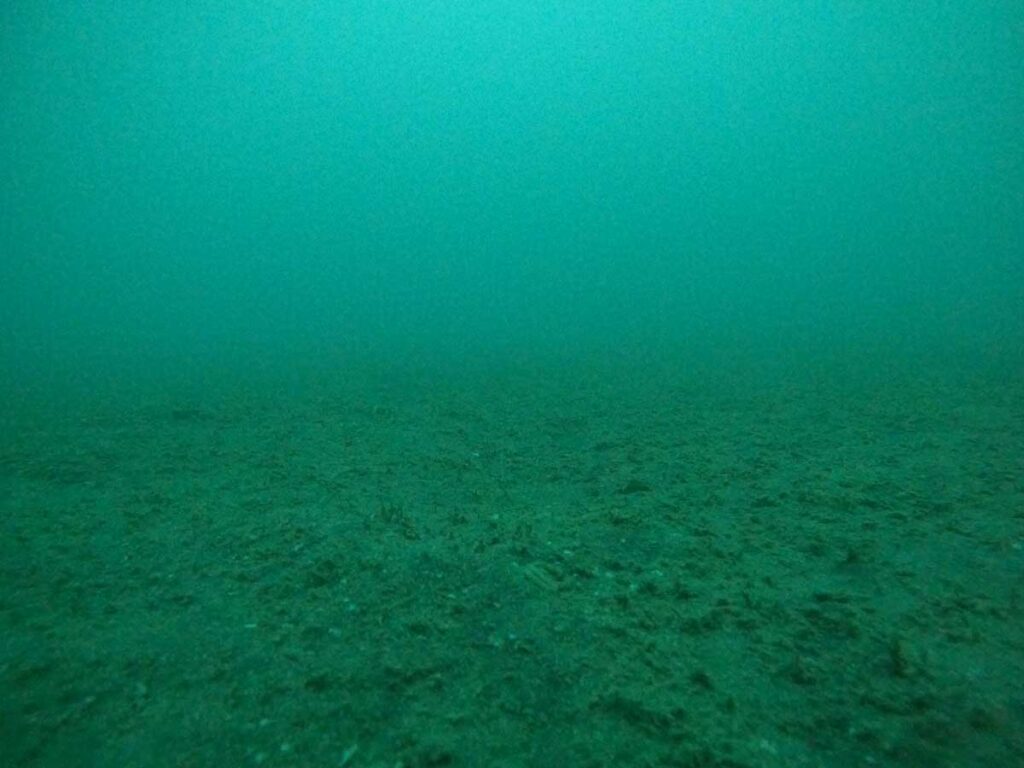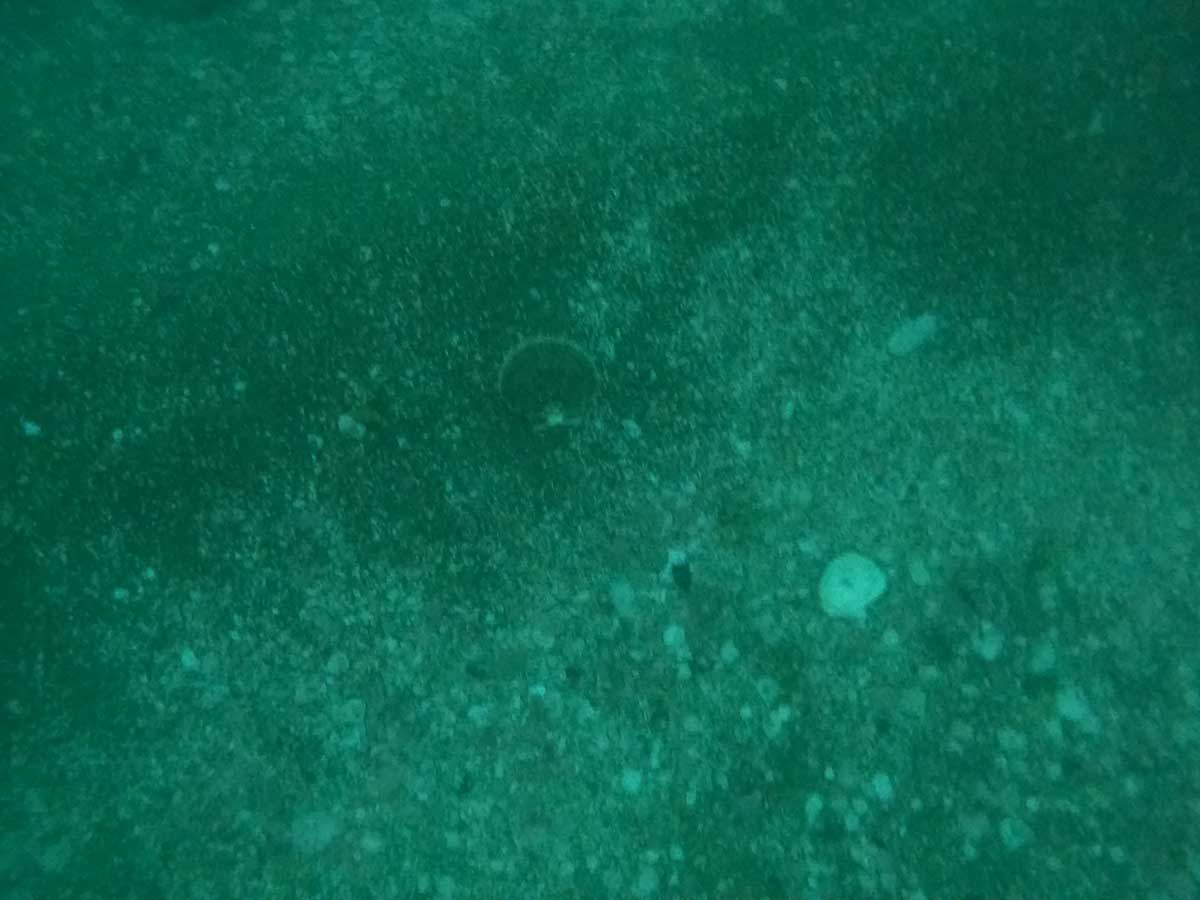When I saw the proposed new Fast-track sand mine in Bream Bay placed on a map by Marc Daalder I thought I would have a look at the site.
I launched my kayak from Uretiti Beach and paddled 6.5 km to the site. On the way I paused six times to drop a weighted GoPro on timelapse from a dive line to photograph the seafloor. I then paddled South West of the mining site and took 12 more photos in a 1km North East transect.
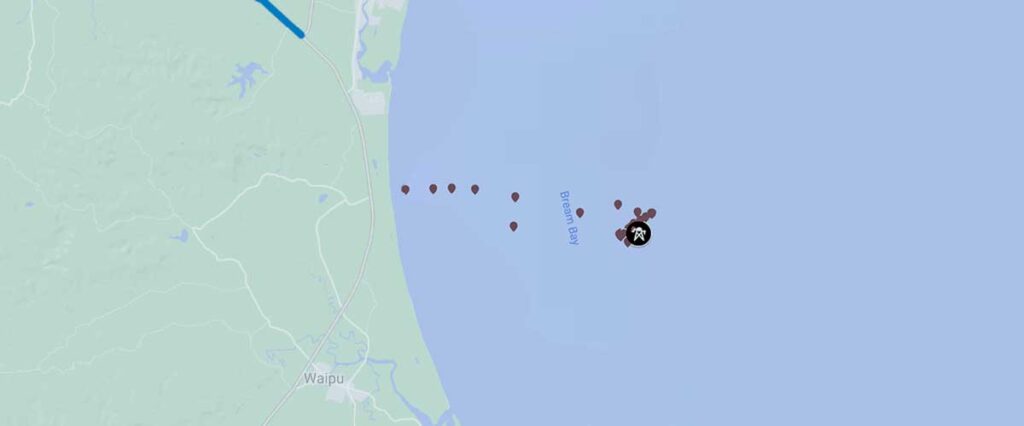
I was not expecting to see much benthic biodiversity as the area is frequently trawled. However I was very pleased to find extensive non-calcareous tubeworm fields (Spionidae – I think) in half the photos, mostly at the north-eastern end of the transect. The filter-feeding tubeworms are a good sign the seafloor is stable and able to support even more complex biogenic habitats if trawling pressure was removed. (Sand mining directly and indirectly impacts biogenic habits, these complex 3D structures made by life on the seafloor are easily buried by unstable substrate.) The tubeworm fields are also associated with tipa / scallops. I was only clearly able to identify one live tipa in the 12 photos but tipa shells were a common feature of the area.
It was a quiet afternoon on the surface with no workups seen, however single tākapu / gannets were working the area, I counted five kororā / little penguin on the way to the site and a tight ball of forage fish.
